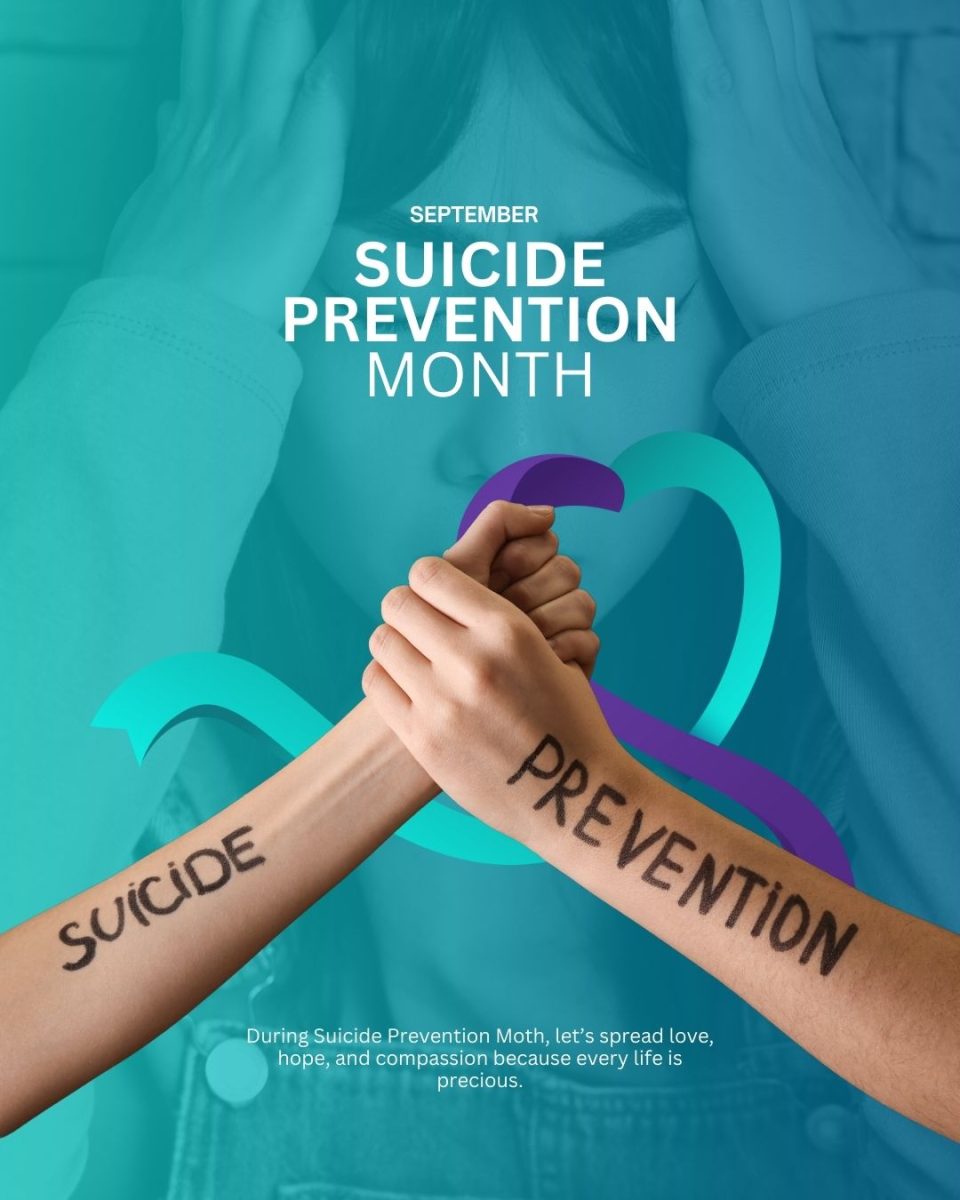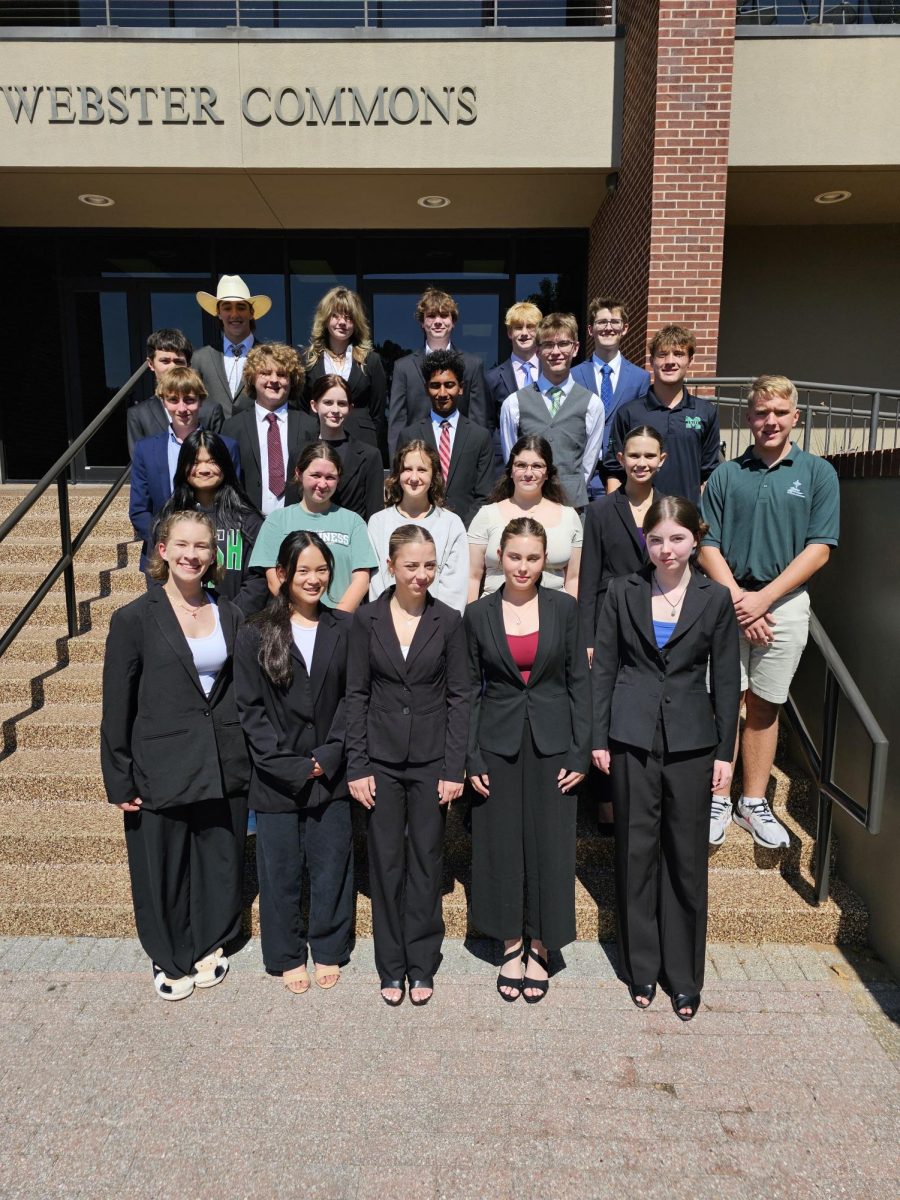Everyday, people’s opinions and actions are shaped by the mass amount of media they consume through various platforms and sources.
The internet gives people a soapbox to voice every opinion, good or bad. Because of this, users need to be able to differentiate between what is true and what is just someone screaming into the internet. This is where media literacy comes in.
“Media literacy is being able to identify the purpose and perspective of a piece of writing,” Lauren Peña, Director of Instructional Technology and Media Center Coordinator said. “That writing, when we talk about media, could be a Tik Tok video, YouTube video or an article.”
Media literacy has become especially important in the immense world of technology that exists today. Technology and media have been incorporated into almost every aspect of people’s lives, including education.
“We feel that that’s an area that students are really going to need when they get into the workplace, being able to use technology not just for fun, but also for productive things,” Peña said.
Peña explained that these skills are taught primarily through English classes.
“They do a really good job of teaching research skills, specifically through research projects and papers,”Peña said.
Senior and sophomore English teacher Marie Engel serves as English department coordinator. Part of her job is to manage curriculums to make sure the department stays together as a unit with common goals.
“We use media for research, and schoolwork, but I like to use books,” Engel said. “I think we do pretty well keeping it balanced between totally going completely media and then just going completely old school.”
Each class has a unique way of teaching media literacy skills, one being the article of the week in junior English.
“Article of the week is really good for understanding where to find reliable sources,” Peña said.
Pre-AP English 2 student Emma Burch says that she applies skills she’s learned in class to different sources of media when online.
“I guess I apply them subconsciously,” Burch said.
Within the English department, developing these skills can look different in each class.
“I have developed media literacy by applying the analysis skills we’ve learned in English to texts we read by analyzing the purpose of a work as well as the author and time period to figure out bias,” Burch said.
Media literacy is not only taught in English class. Burch says she has also learned these skills through her AP World History class.
“We apply HIPP to documents to find the bias,” Burch said. “The acronym HIPP covers historical situations, intended audience, purpose and point of view.”
HIPP is taught in history classes to help students analyze what biases a historical document could have. History teacher Laney Maguire serves as Social Studies Department Coordinator.
“The AP curriculum fosters a lot of critical thinking and processing skills more than really the content,” Maguire said. “It’s all about taking information and using it to decide something, to make an argument, to take a side, to say this is the best answer.”
Maguire says that she teaches a lot about bias within historical documents, with the hope that the skills students learn will translate into other aspects of their lives.
“There is a lot of information out there,” Maguire said. “Some of it has bias, and some of it is just completely untrue, and I think it’s important for students to be able to analyze where the source material is coming from before they use it to back up a belief.”
With various parts of the world turning to digital media and the internet, it has become ever more important for students to learn media literacy skills to achieve a successful future.
“I do think that it’s kind of the wild west right now on the internet, and we’re learning how to, for lack of a better word, kind of civilize the internet,” Peña said. “My generation started out with social media and have kind of created this dumpster fire that it’s become.”



















